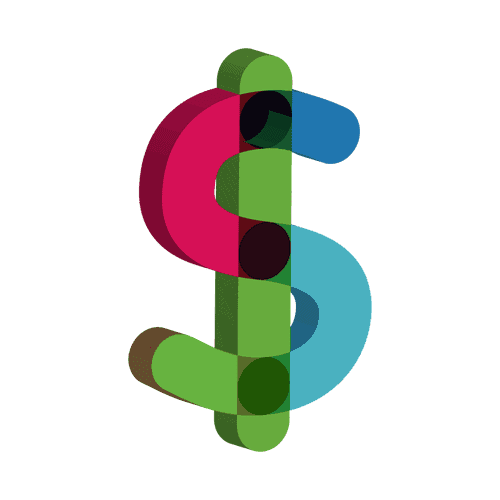Why Do You Need To Know About Federal Poverty Levels?
The Federal Poverty Level is a measurement that describes the minimum income a person needs in order to pay for bare living essentials. Federal poverty guidelines are used to determine eligibility for assistance programs. These guidelines are often referred to as the Federal Poverty Level or FPL. Assistance programs have caps on the income a person can receive in order to qualify, and often express these limits as a percentage of the Federal Poverty Level.
For instance, a program’s poverty level income requirement might be 100% of the Federal Poverty Level, 133%, 138%, 150%, 200%, 250%, and so forth.
Healthcare.gov and HealthSherpa (a third party site for enrolling in Obamacare plans due to its ease of use and more streamlined interface) uses the poverty level income guidelines in order to calculate health insurance subsidies which affects the out of pocket costs of your health insurance.
Medicaid, CHIP, SNAP Benefits, and many other assistance programs utilize the poverty level guidelines to establish levels of qualification into the programs. To get an estimate of your SNAP benefit amounts you can use our SNAP Benefits Calculator. To view SNAP benefits eligibility info by state you can go to SNAP Benefits by State.
Use the handy poverty level calculator on this site to find out the poverty levels by selecting your state, household size, percentage needed and whether you would prefer the monthly or annual result.
Previous year’s poverty level charts/tables are located here.
Don’t forget to visit our resources page to learn about public and private programs that can benefit you.
This site is supported by advertisements and income earning affiliate links. Disclosure.
